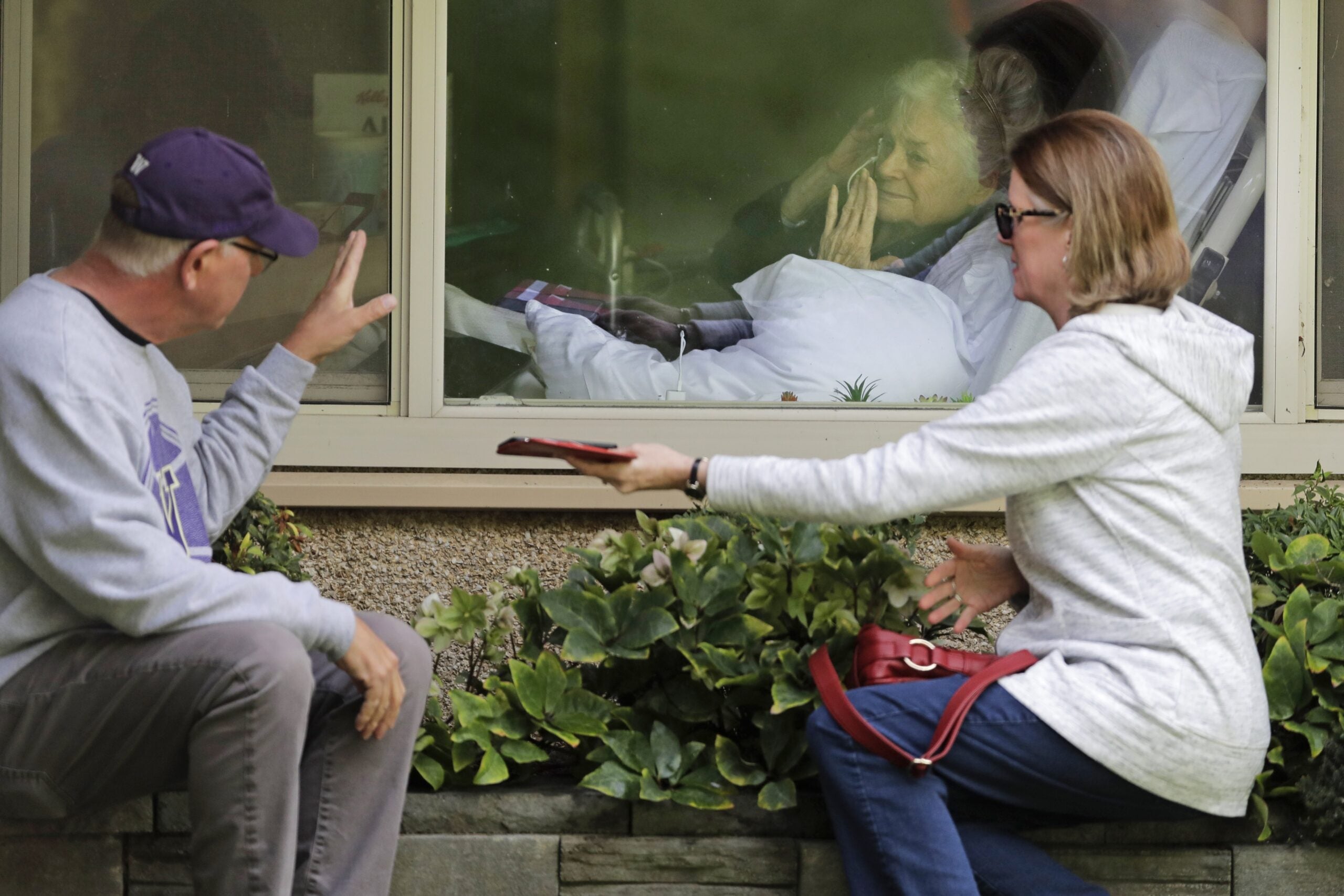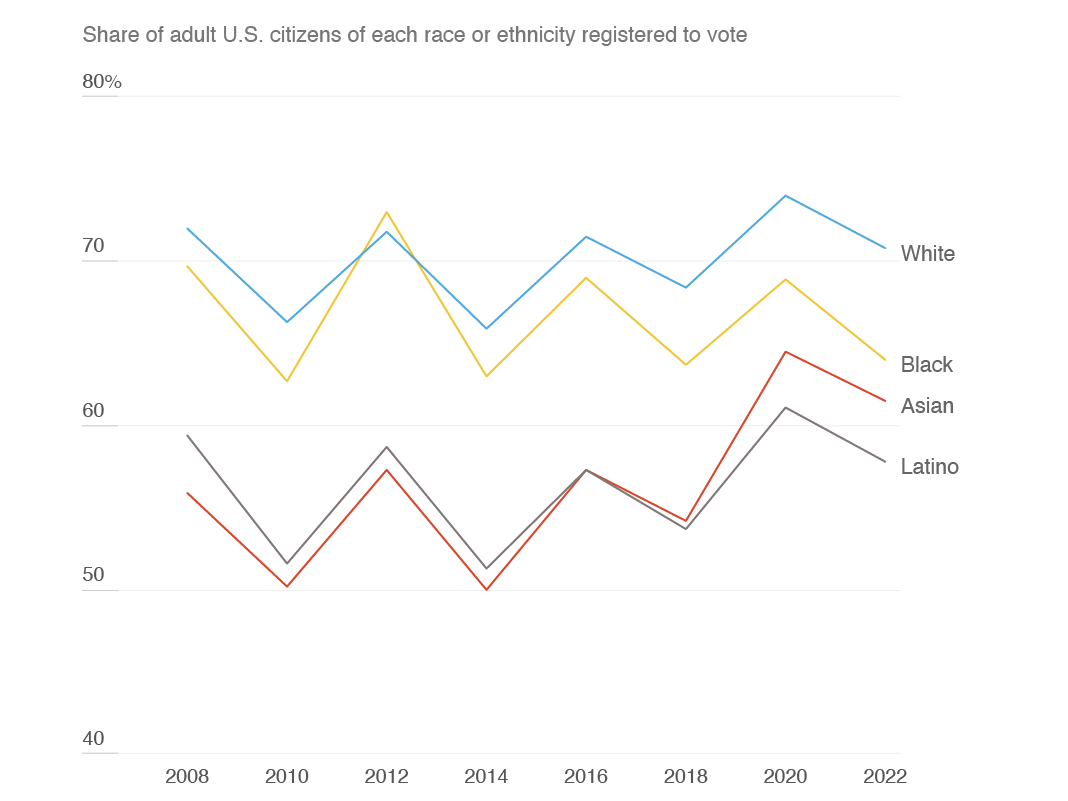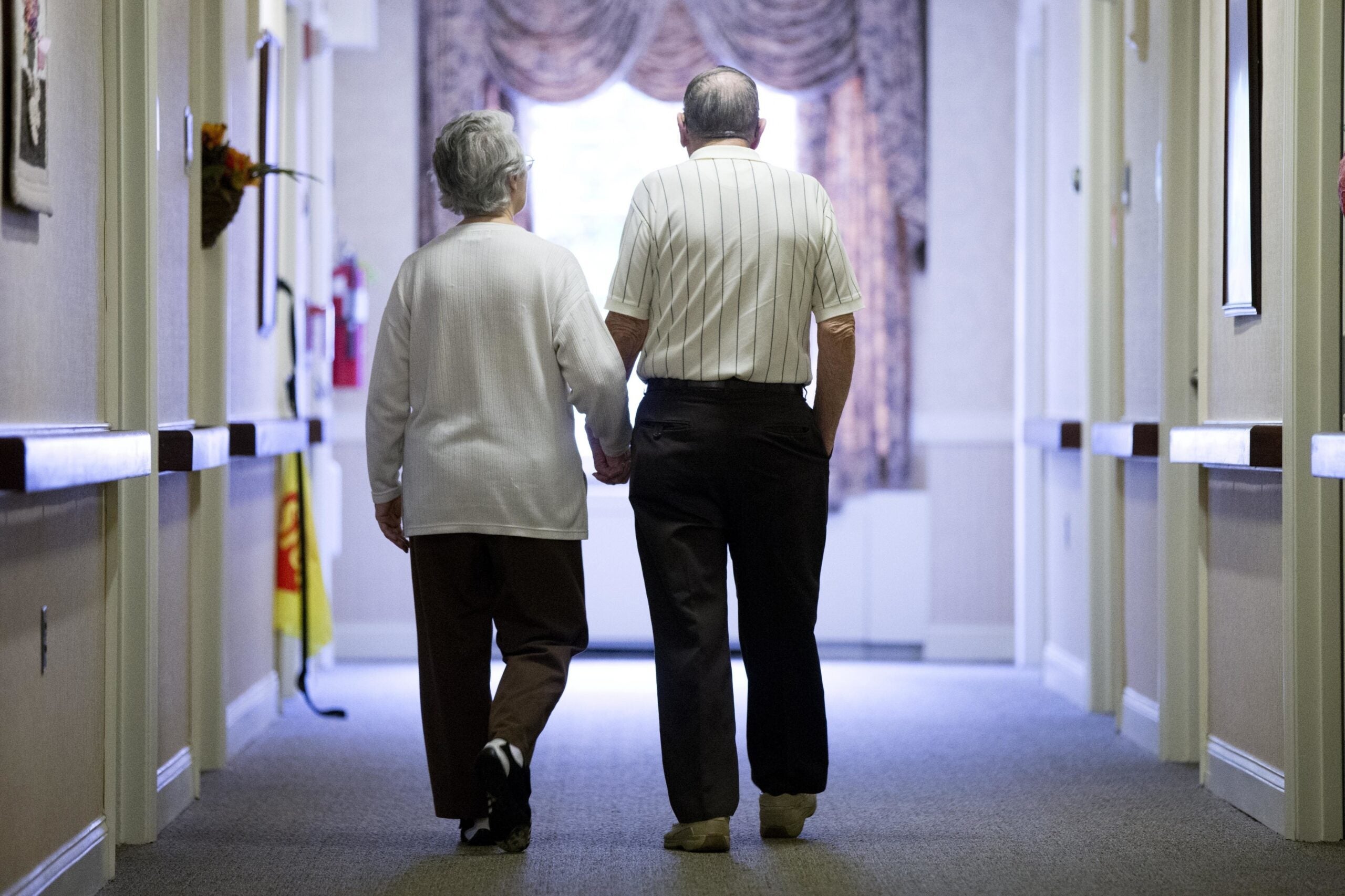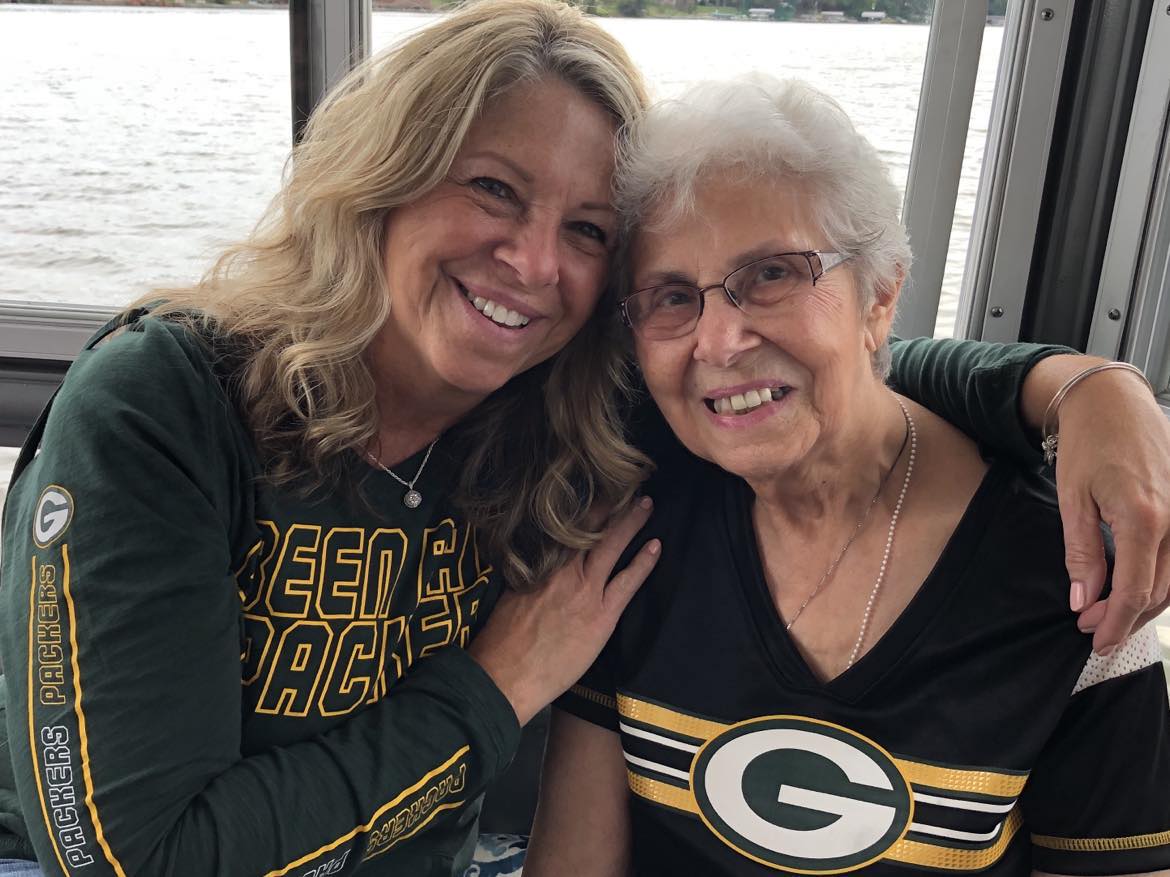More nursing homes are allowing visitors to return as more residents and staff get vaccinated for COVID-19. We look back at the challenging year for long-term care facilities and what’s ahead. We also discuss the history of violence and discrimination against Asian Americans.
Featured in this Show
-
Visitors Returning To Some Long-Term Care Facilities After A Challenging Year
The Wisconsin Department of Health Services is recommending that in-person visits can resume at nursing homes and long-term care facilities. We look back at the toll of the last year on the elderly, how care facilities responded, and the benefits of being able to see friends and family in person.
-
The History Of Anti-Asian Sentiment And Violence
Anti-Asian sentiment and violence has a long history in the United States. A historian joins the program to contextualize the murder of six Asian women in Atlanta.
Episode Credits
- Kealey Bultena Host
- Rob Ferrett Host
- Tyler Ditter Technical Director
- Dean Knetter Producer
- Colleen Leahy Producer
- Tetyana Shippee Guest
- Cindy I-Fen Cheng Guest
Wisconsin Public Radio, © Copyright 2024, Board of Regents of the University of Wisconsin System and Wisconsin Educational Communications Board.




